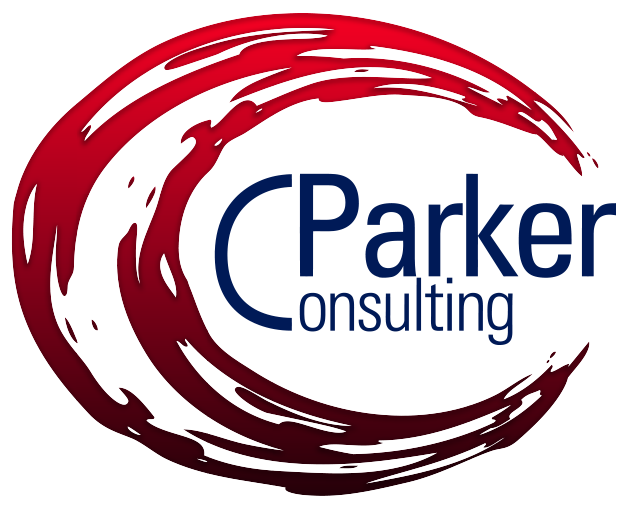5 Tips for Thriving in the Hybrid Environment
/By now, most of my clients have embarked upon a hybrid or flexible work schedule. This model is in response to the COVID-19 pandemic, but based on my conversations with them, this schedule is here to stay. So, what’s been happening since returning to the office? From what I’ve discovered, hybrid is not just a flop house to work at home sometimes, then when needing some interaction, we head to the office – No, it is its own animal. Therefore, hybrid must be nurtured intentionally.
The following are 5 tips for Thriving in the Hybrid Environment:
1. Celebrate your new Skillsets. You and your team gained new skills during the work from home era. Embrace and expand them! Clients tell me they’ve learned to balance work and life better by ensuring family evening meals, are continuing to learn new technologies to work more efficiently, and have learned patience. They offer more gratitude and grace toward themselves and their team when things don’t go as planned.
2. Take care of Yourself. You likely took up new hobbies during COVID – keep at them. Hobbies are a great stress reliever. In addition, look for ways to increase your fruits/veggies and stick to a fitness routine. Be sure to get 7-9 hours of sleep. One additional tip: Make your workspace ergonomically correct.
3. Keep Inclusivity in the Forefront. Seek out ways to stay connected to your co-workers. Whether in person on virtually, be creative and have fun. On-line team events, such as “Climbing Mt Everest” can add a component of fun and learning. Look out for those teammates who are on the fringe or are disengaged; reach out periodically to let them know they are important.
4. Schedule Meetings with Care. Hybrid meetings are tough; some people are in the room – others not – whew – how do you engage everyone? Ideas: Virtual Meeting Buddies: Match up a person who is in the room with a person attending virtually. This buddy system ensures technology is working, handouts are provided (recommend using a virtual meeting system), and the virtual participant has an advocate when needing clarification or needing to speak. Ensure that everyone keeps their video on. Start & stop meetings on the ¼ hour to allow for space between meetings. Be mindful when you can handle an issue without a meeting – such as through SLACK or polling technologies. Get outside and have walking meetings.
5. Leave Behinds. The new work environment is a perfect time to hit “reset” on undesirable behaviors. Let’s leave behind: multi-taking, departmental silos, long hours in the office, and meeting overload.
For more details on these tips, check out Cara’s 2-minute videos addressing each tip on CPC’s YouTube Channel. If you’d like more information/consulting on CPC’s Returning to the Office Program, please feel free to reach out at: info@cparkerconsulting.com









